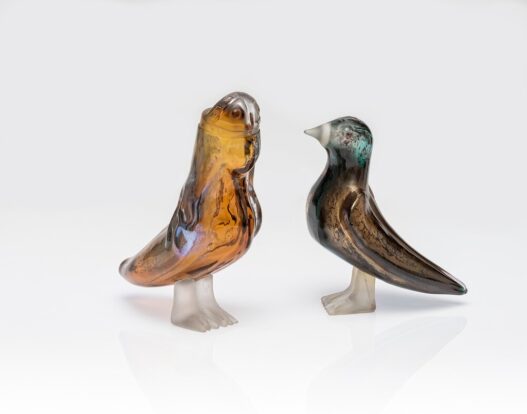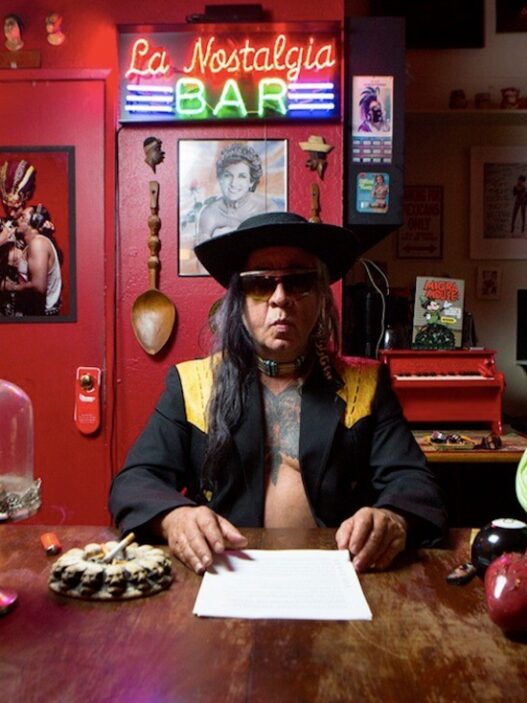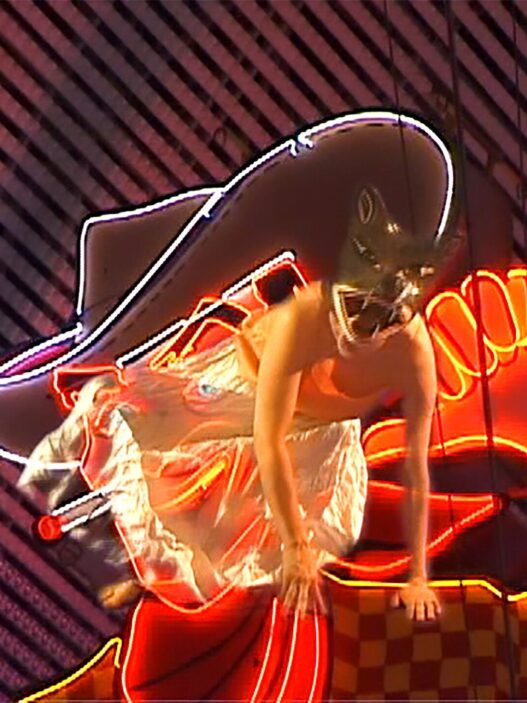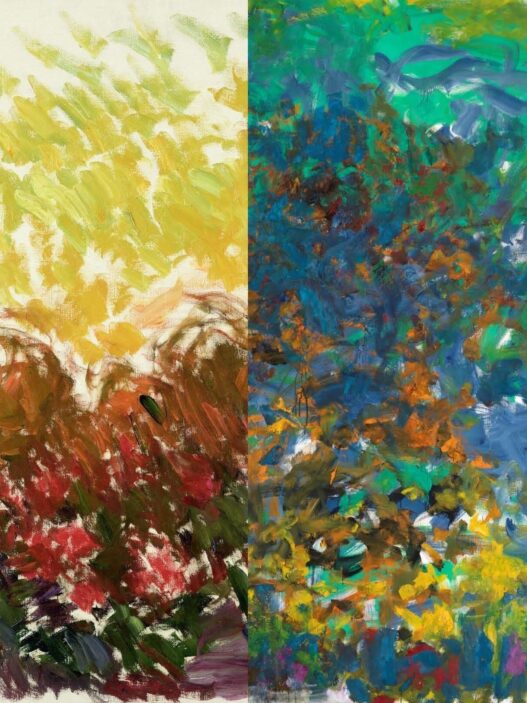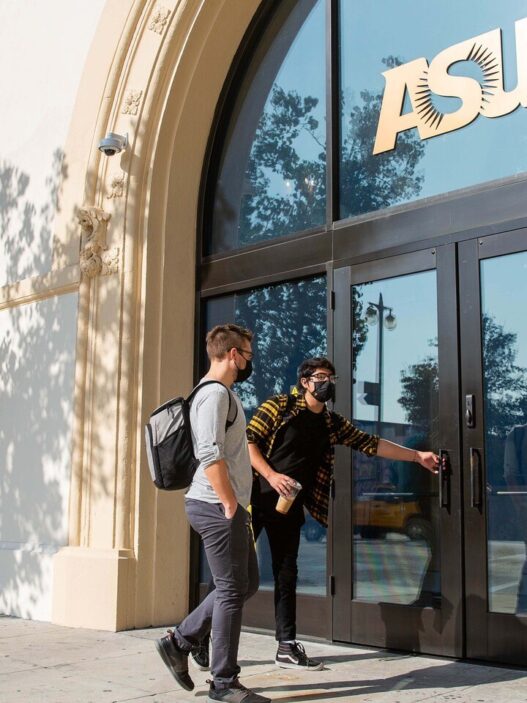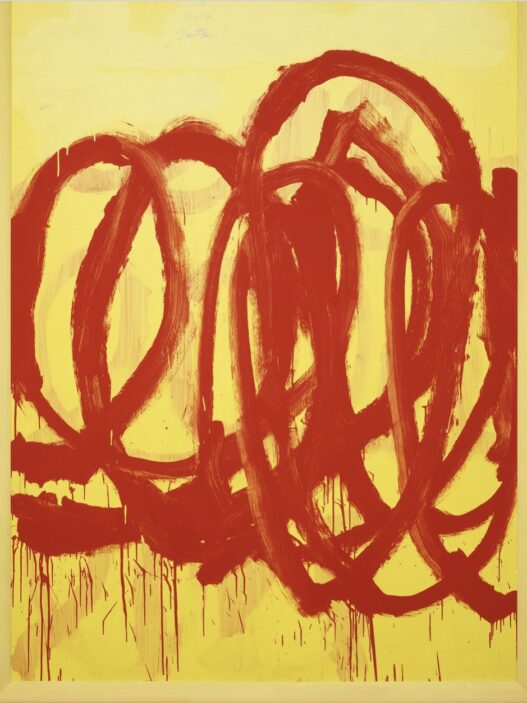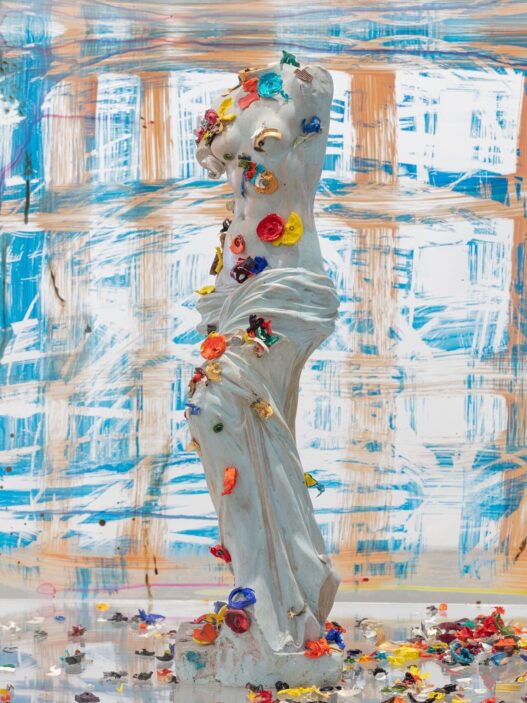September 10, 2022–February 28, 2023
In a cross-disciplinary cooperation with author and curator Arie Amaya-Akkermans, Sadberk Hanm Museum presents After Utopia: The Birds, a solo exhibition by glass artist Felekşan Onar. It is the first contemporary art installation at the museum, which has an exceptional collection of items from the Ottoman and archaeological periods. “After Utopia: The Birds” is organized around three main elements: a series of new glass sculptures in conversation with chosen artifacts from the museum’s collection, a contemporary play turned into a short film, and a monograph of the research process carried out over the course of two years by the artist and the curator. These three elements span across sculpture, theater, video, archaeological artifacts, and field research. Housed in the top floor of the museum’s archaeological section, it is the first exhibition of its kind in Turkey.
Following the success of her well-known project Perched, which debuted in 2017 at the Pergamon Museum in Berlin, Onar’s most recent work, named after the exhibition, is a sculpture series that references centuries of glass production in the area dating back to the Late Bronze Age and returns to the language of birds in traditional glass making. It uses kiln casting and mouth-blowing in plaster molds. They are the primary characters in a dramatic sketch produced by Amaya-Akkermans as a reception play on Aristophanes’ The Birds. These recent sculptures, notably Tereus and the Messenger with Odysseus, depict a story without a definite time or space, but that was first told in the year 414 BC. Glass sculptures placed inside the vitrines of the archaeological exhibit begin a series of intricate discussions with archaeology about multi-temporality, the meaning of the distant past, and the ways in which humans shaped it.
The play is used as the basis for a short film that was created by Kanat Akar and directed by the artist-curator team while posing questions that are comparable to those in Aristophanes’ play but speak to a modern audience: Do utopias really exist? How can the historical imagination be changed? What transpires after a catastrophe? The video was first envisioned as an oral theater performance, using popular ballads in Karamanlidika Turkish as a metaphor for temporal displacement and visually revisiting the locations of the Karamanlides’ presence in Anatolia. New storylines for these birds and their exhibition hall interlocutors—antiquities dating from the Bronze Age to the Ottoman era—appear on the horizon out of this comic cosmos, from the classical ancient comedy to the Karagöz shadow play. At Sadberk Hanm, Perched participates in this creative conversation by appearing on stage as the play’s chorus.
Only via a carefully planned engagement with the cultural history of the collection’s artifacts was it possible to create this singular conversation between various material pasts of the present and utopian, speculative narratives. The exhibition monograph includes extensive historical evidence of the museum’s curatorial process, the play’s text, and introductory articles on the interactions between contemporary art, the classical world, modern archaeology, and literary theory. It is accessible in both Turkish and English. After Utopia: The Birds is on display at the Sadberk Hanm Museum from September 10, 2022, through February 28, 2023, every day (excluding Wednesdays), from 10 am to 5 pm. The show is a part of the 17th Istanbul Biennial’s concurrent events, which run from September 17 to November 20.
Sadberk Hanm Museum was established in 1980 as a subsidiary of Vehbi Koç Foundation and is the country’s first private museum. The museum’s collections have increased from around three thousand items at its founding to over twenty thousand presently. The museum’s mission is to preserve the nation’s cultural heritage for future generations while also advancing society’s scientific and educational advancement through its calendar of events and activities. The museum’s Archaeological Section showcases artifacts from every civilization that inhabited Anatolia from the sixth millennium BC and the end of the Byzantine era. The Turkish-Islamic Art Section contains a unique collection of Iznik tiles and ceramics, silverworks, calligraphy, Ottoman textiles, costume, and embroidery, all of which are primarily from the Ottoman period.
Sadberk Hanım Museum
Piyasa Caddesi No: 25/27, Büyükdere, Sarıyer
34453 Istanbul
Turkey
T +90 212 242 3813
F +90 212 242 0365
[email protected]
www.sadberkhanimmuzesi.org.tr
Instagram / Facebook / Twitter









